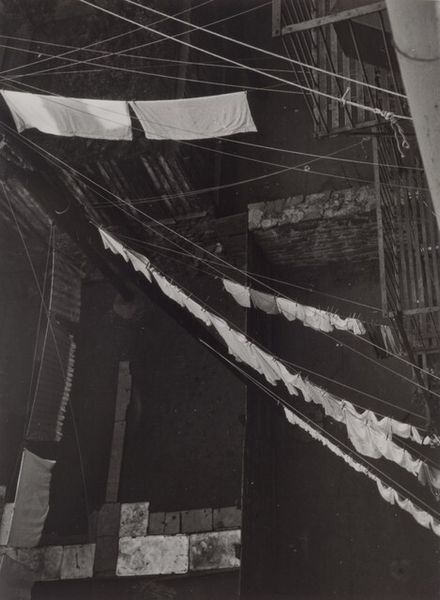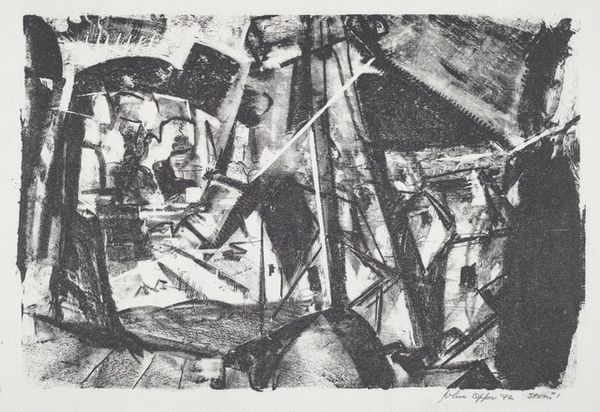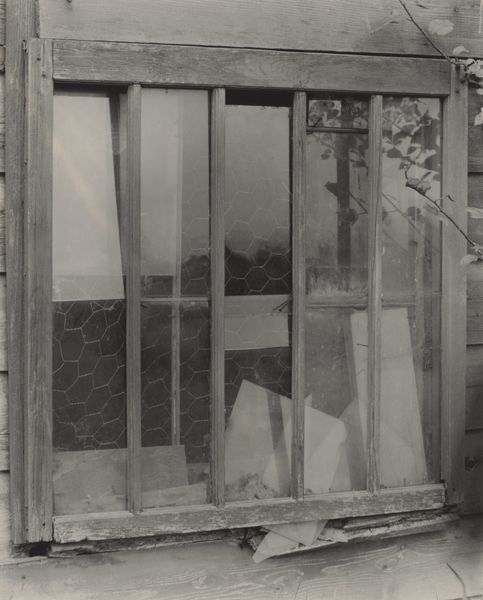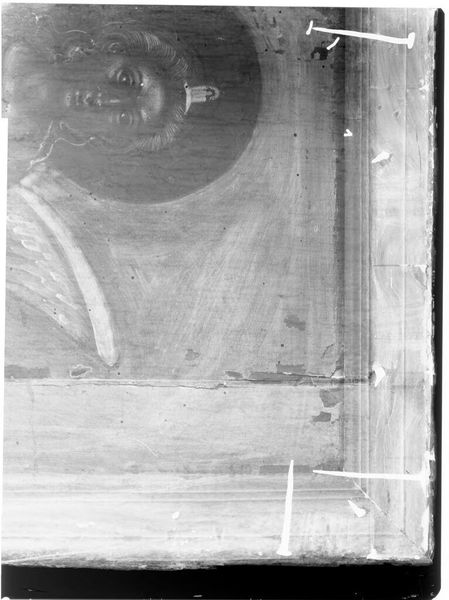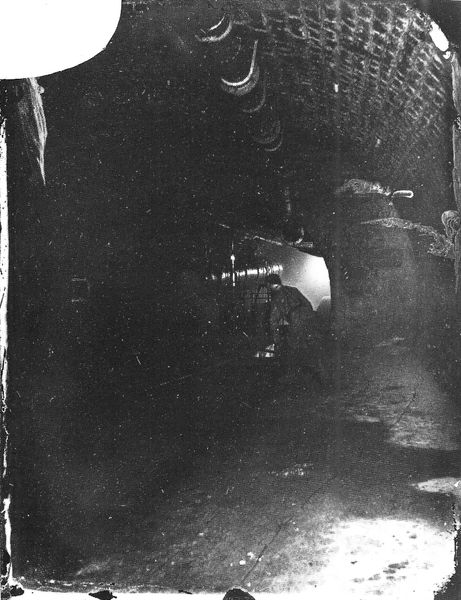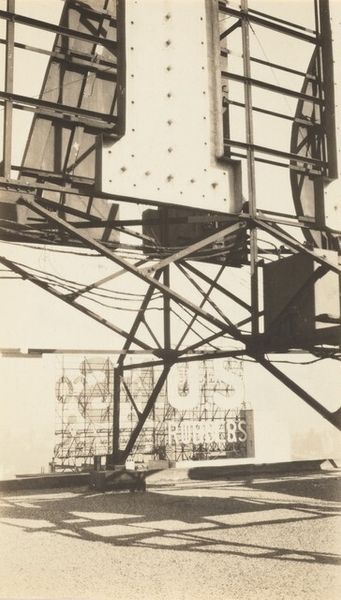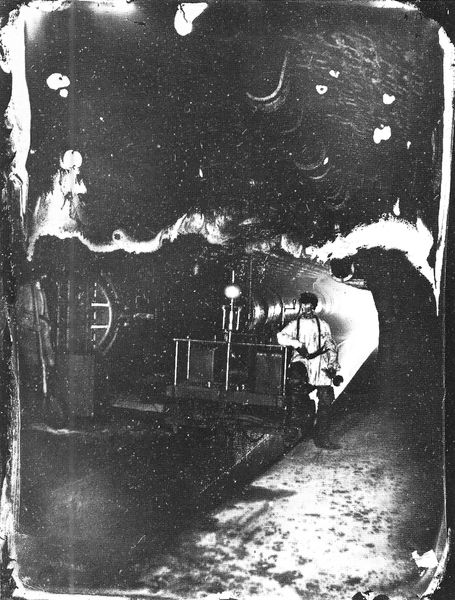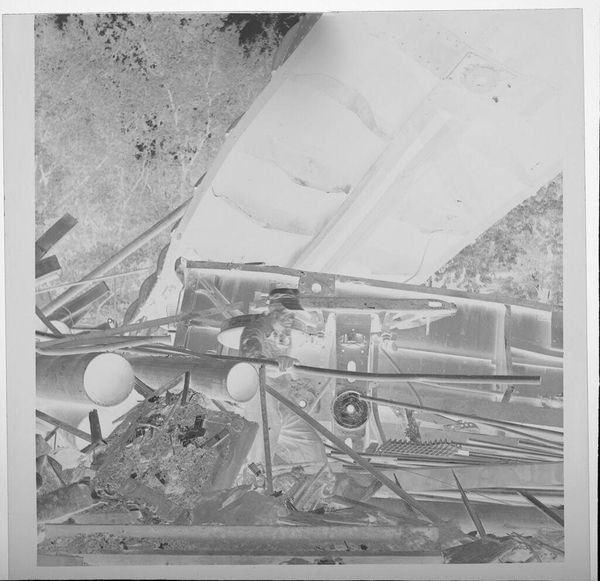
#
black and white photography
#
sculpture
#
black and white format
#
historic architecture
#
unrealistic statue
#
old-timey
#
monochrome photography
#
19th century
#
historical building
#
statue
Dimensions: image: 26 × 39 cm (10 1/4 × 15 3/8 in.) sheet: 35.56 × 43.18 cm (14 × 17 in.)
Copyright: National Gallery of Art: CC0 1.0
Editor: So, here we have Ed Grazda’s “Pakistan,” a black and white photograph from 1980. There's something about the intense ornamentation of this bus, juxtaposed with what seems like the driver's solemn gaze, that's captivating. What's your take on it? Curator: This image speaks volumes about the layered production processes and material culture embedded in everyday life. We're not simply looking at a bus; we are observing a commodity transformed by human labour, personalized and imbued with meaning through layers of added materials: paint, metalwork, text. How do these added elements relate to the vehicle's function as a form of transport, or as a status symbol for instance? Editor: I see what you mean. It's like, it started as just a mode of transportation, but the driver personalized it with all this added decor and craftsmanship, almost like a canvas. Curator: Exactly! Think about the labour involved – the time, the skill. Each addition alters its purpose and aesthetic value. This moves us beyond considering photography as fine art into a critical examination of folk art and everyday production. How does this bus then challenge preconceived boundaries about 'high' and 'low' art? Editor: I guess you are saying it shouldn’t be separated at all? Because they all mean something for that culture at that moment. Curator: Precisely. Consider what these material choices communicate about the socio-economic status of the bus owner and the potential passengers; it’s a moving performance of identity, really. This challenges assumptions around artistic hierarchy because we’re invited to reassess where creative skill and meaning truly reside. Editor: I've always thought about art in terms of museums and galleries. Now I'm thinking more broadly about its role and purpose in the world around us, from the raw materials, to the skill of workers, all the way through to a consumer’s choice. Curator: Exactly! Seeing art embedded within cultural material pushes beyond mere aesthetic appreciation to challenge pre-conceived judgements. It becomes about recognising these labour relationships and class distinctions inherent in these constructed environments.
Comments
No comments
Be the first to comment and join the conversation on the ultimate creative platform.
